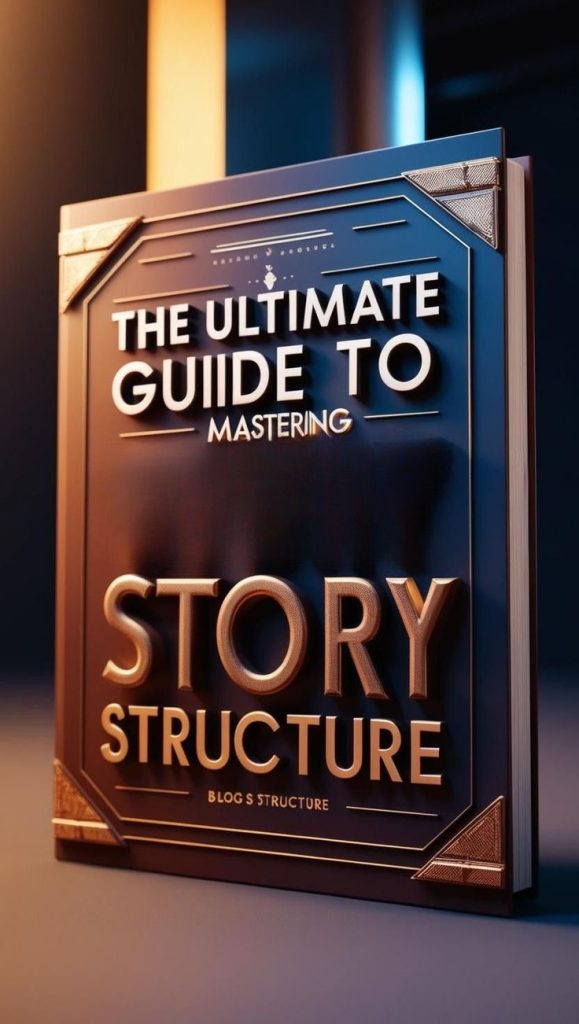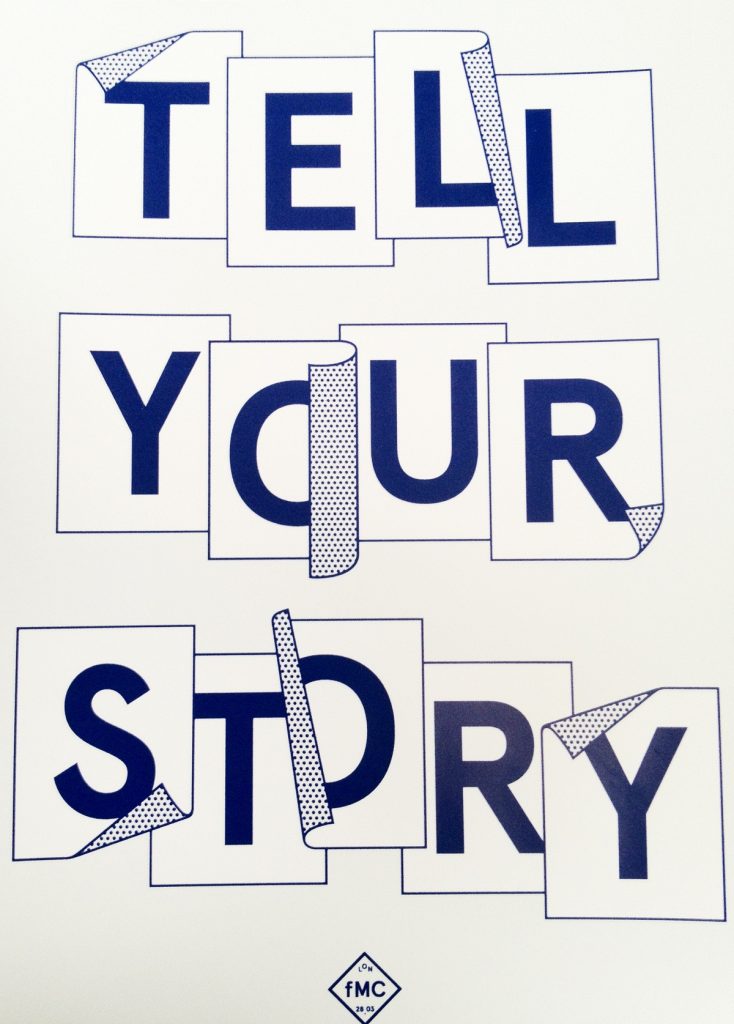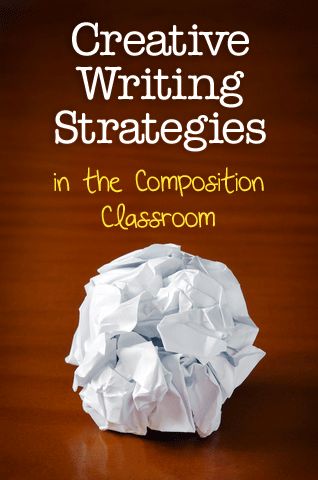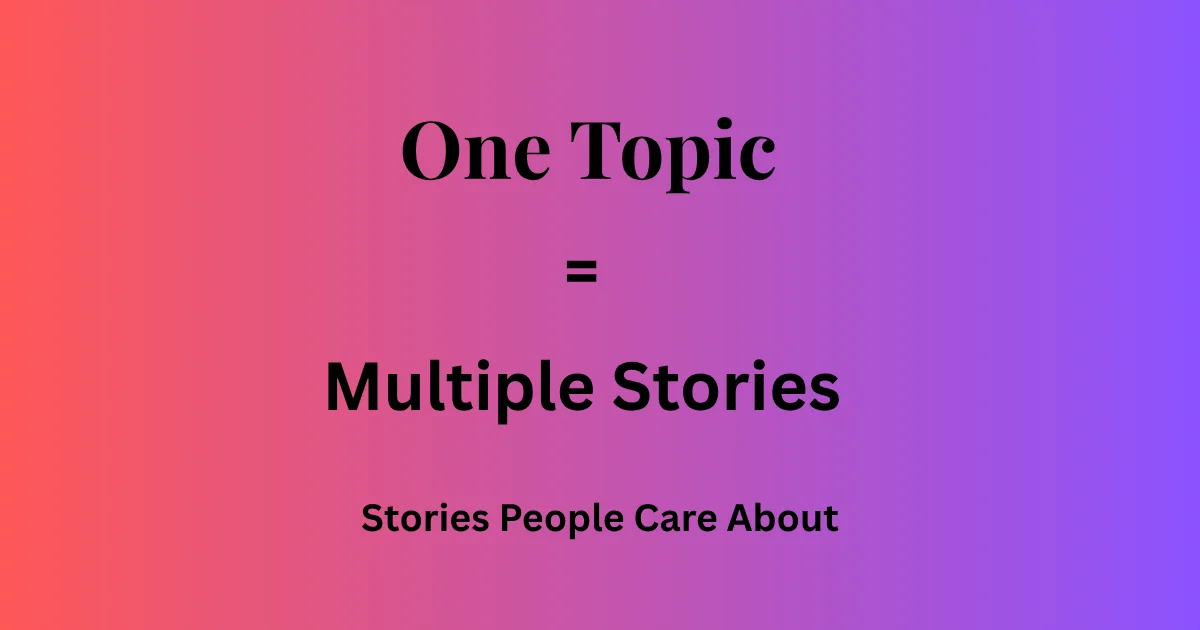Blogging in 2025 is no longer just loading keywords in a paragraph and waiting for the luck that they will stick. If that’s still your strategy, it’s time to drop it. What do readers want currently? Depth, character, and angles they didn’t predict.
Welcome to the game-changing framework: Your Topics, Multiple Stories.
Think of one idea, five stories. One headline: Endless Engagement.
Let’s unpack how this single concept can make your blogs feel like a full-course meal instead of just a snack.

The Old Blogging Formula Is Broken
Most blog posts today are predictable. You click a title like “5 Tips for Better Sleep,” and you already know what you’re going to read: avoid caffeine, turn off your screen, meditate, etc.
Sure, that’s helpful—but it’s also dull.
Your audience wants more. They crave fresh takes, personal reflections, expert insights, and real-life stories. That’s where Your Topics, Multiple Stories steps in.

What Does “Your Topics, Multiple Stories” Mean?
It’s exactly what it sounds like.
Instead of hammering one angle into the ground, you explore a topic through multiple lenses like storytelling, data, emotion, humor, or expert POV.
Take a topic like “Burnout.” You can:
- Tell a personal story of your worst burnout.
- Break down stats and what they really mean.
- Interview a therapist on silent burnout signs.
- Share a client’s journey to recovery.
- Add a humorous take on “burnout culture” online.
Same Topic. Five Completely Different Reads.
Now that’s how you stick in someone’s mind—and tabs.

Why This Works (Like, Really Works)
Let’s look at why “Your Topics, Multiple Stories” isn’t just fluff. It’s a strategy.
- Builds Emotional Range
People connect to emotion. When you weave in different stories, one that’s raw, one that’s inspiring, one that’s funny, you’re creating Emotional Variety. That’s what keeps readers scrolling.
- Feed Different Learning Styles
Some people love facts. Others want personal takes. Some live for visuals. By offering varied narratives, you Appeal To Multiple Reader Types, not just one.
- Makes You Remembered
Your competitors may also be writing on the same subject matter, but they are just on one side. You? Now you have just given five stories in a single post. That sticks.

What You Can Do With This in Your Next Blog Post?
Are you ready to take your blog to the next level? This is how you can begin to utilize Your Topics, Multiple Stories online.
Step 1: Pick a Wealthy Topic
Five angles cannot apply to every topic. Choose something stratified. Think:
- Mental health
- AI and creativity
- Remote work
- Body image
- Content burnout
These are topics that hit hard and hit differently based on the angle.
Step 2: Brainstorm Story Lenses
Once you’ve locked in your topic, think:
What are 3–5 stories, experiences, or viewpoints I can use to explore this?
Use these prompts:
- “What’s the last time I personally dealt with this?”
- “How would an expert explain it?”
- “What’s a common myth I can bust?”
- “Is there a meme or trend about it I can remix?”
- “Can I tell this through a client or reader’s eyes?”
Step 3: Blend It, Don’t Dump It
This isn’t a story soup. Your transitions matter. Tie each story back to your main point. Think of it like a Netflix episode—new scenes, but one central plotline.

What It Looks Like in Action
Suppose you are discussing Impostor Syndrome. Here is the way Your Topics, Multiple Stories can go:
- Story 1: An anecdote of a failed presentation where you lost your self-esteem
- Story 2: Remarks of female CEOs on how they continue to experience it
- Story 3: A deconstruction of LinkedIn or HBR stats
- Story 4: A relatable story from a reader/follower
- Story 5: It’s amazing how pop culture references like Barbie pop up everywhere, showing just how pervasive they are!
This isn’t just a post—it’s an experience. One thing your audience won’t forget.

Bonus: Google Loves This Approach Too
Let’s not forget SEO. When you offer multiple subtopics and angles within one blog post:
- You naturally add more semantic keywords
- You increase time on the page.
- You create opportunities for internal linking.
And the best part? Readers are less likely to bounce because they’re hooked by variety.
Stop Just Conveying—Change the Way
Blogging is not dead. Starting a bad blog is. The future is one of strategy, narrative, and emotionally deep. And Your Topics, Multiple Stories is the way to be there.
So the next time you’re looking at a blinking cursor, don’t wonder:
“What do I write about?”
Ask: “How Many Stories Can I Tell From This One Idea?” Writing for the whole reader, not just one part, creates a connection, not just content.
Stay with TrendTattle for more of the latest information, strategies, and storytelling tips that keep your content ahead of the curve.

